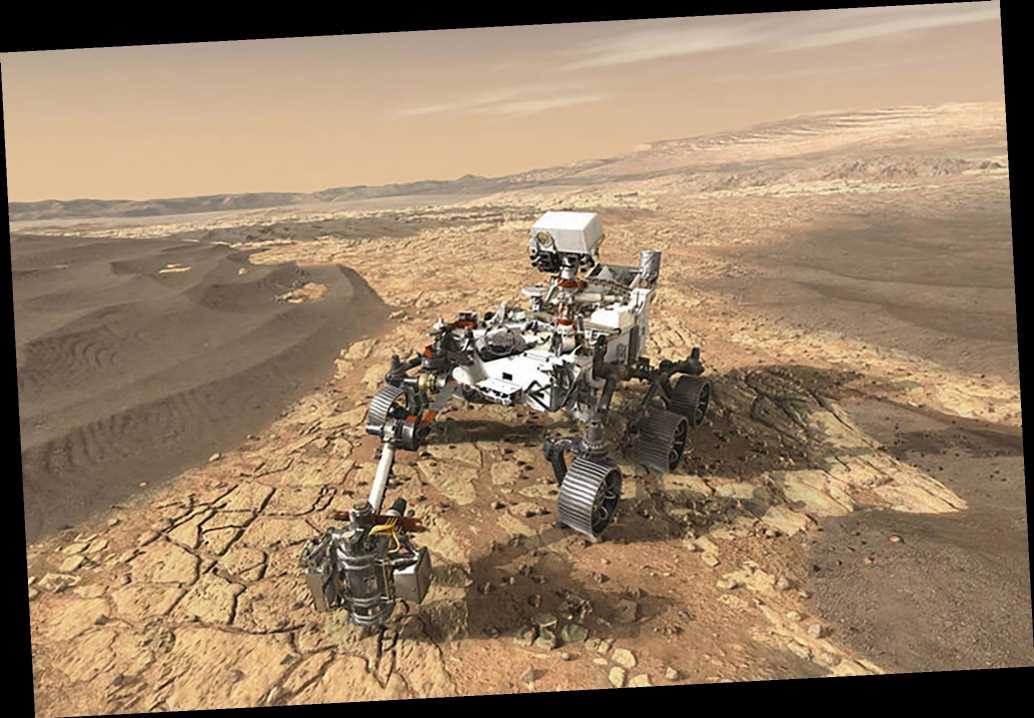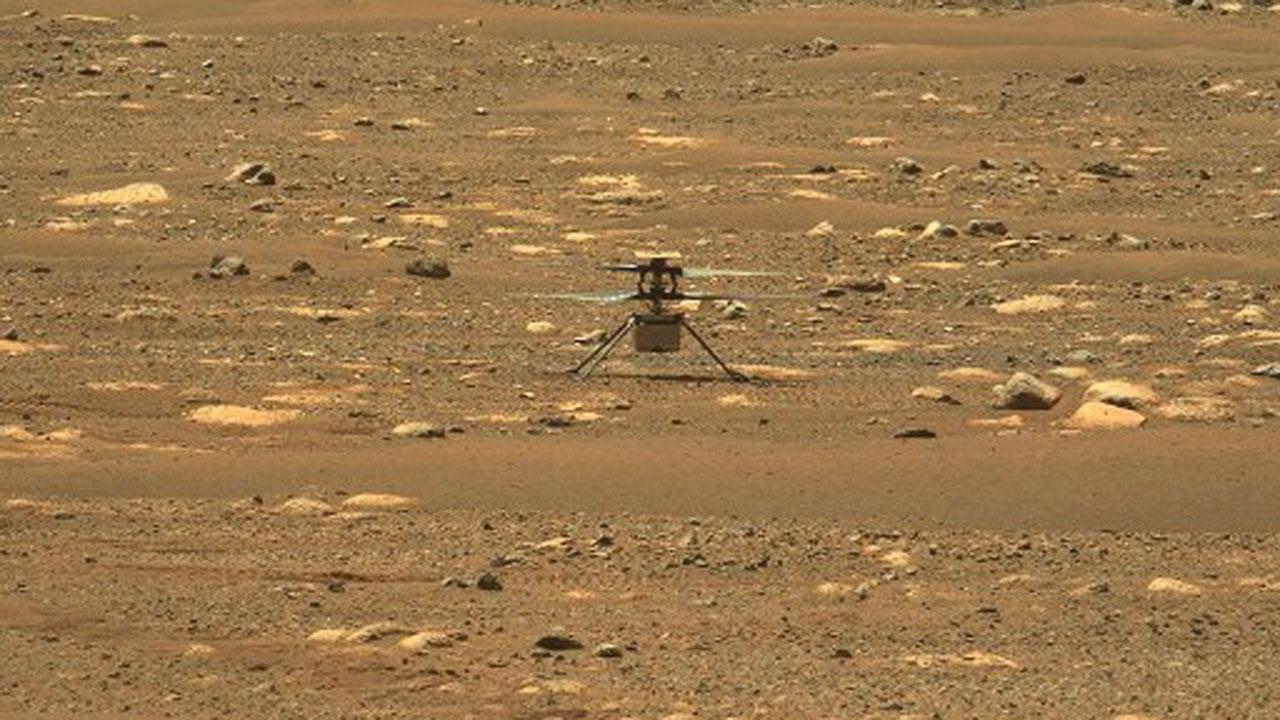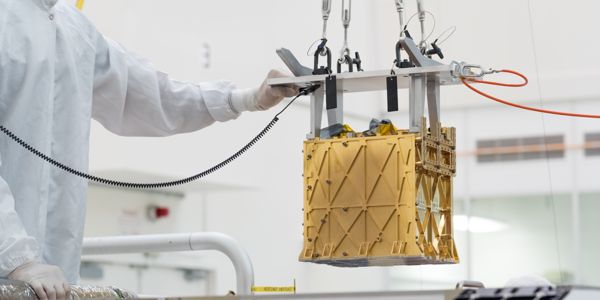
In the third phase, the team will try out new operating modes, or introduce variables such as comparing operations at three or more different temperatures. The first phase will check out and characterise the instrument’s function, while the second phase will run the instrument in varying atmospheric conditions, such as at different times of the day and different seasons. These oxygen-production runs will come in three phases. MOXIE is expected to extract oxygen at least nine more times over the course of a Martian year - nearly two years on Earth. Perseverance descending towards MarsĪlthough the first overnight run of MOXIE produced just a litre of oxygen, it demonstrated a key technology needed for future exploration for both human respiration and as a component of the fuel required for any return flight to Earth.

A thin gold coating on the outside of MOXIE reflects infrared heat, keeping it from radiating outward and potentially damaging other parts of Perseverance. These include 3D-printed nickel alloy parts, which heat and cool the gases flowing through it, and a lightweight aerogel that helps hold in the heat. To accommodate this, the MOXIE unit is made with heat-tolerant materials. The conversion process requires high levels of heat to reach a temperature of approximately 800° Celsius. A waste product, carbon monoxide, is emitted into the Martian atmosphere. MOXIE works by separating oxygen atoms from carbon dioxide molecules, which are made up of one carbon atom and two oxygen atoms. Mars’ atmosphere is 96 per cent carbon dioxide.
Nasa mars rover extracts oxygen planet install#
However there is no substitute to proving the system works on Mars, especially as it is a critical part of the long-term human exploration.” The Mars 2020 team install MOXIE into Mars Perseverance in 2019 We performed tests on the filter material in chambers on Earth that simulated the conditions we can expect and demonstrated that the filters should not clog up. Professor Pike, of the Department of Electrical and Electronic Engineering, said: “To produce usable amounts of oxygen, MOXIE has to process a very large volume of the atmosphere on Mars, but not its dust. Imperial College London’s Professor Tom Pike is a co-investigator on the Mars Oxygen In-Situ Resource Utilization Experiment (MOXIE), and worked on ensuring the filter system kept out Martian dust during MOXIE’s operation. After a nearly seven-month journey to Mars, NASA’s Perseverance rover is slated to land at the Red Planet’s Jezero Crater Feb.18, 2021, a rugged expanse chosen for its scientific research and sample collection possibilities. Professor Tom Pike Department of Electrical and Electronic Engineering We are moving at pace towards getting the first human on Mars. This is a critical first step at converting carbon dioxide to the required amounts of oxygen on Mars, and the results from the demonstration could help scientists move toward the goal of one day seeing humans on Mars. It produced about five grams, which is equivalent to ten minutes worth of breathable oxygen for an astronaut. The NASA Perseverance rover has made breathable oxygen on Mars, demonstrating a key technology needed for future human exploration of the red planet.Ī toaster-sized experimental instrument aboard Perseverance has produced oxygen of more than 98 per cent purity from carbon dioxide in the Martian atmosphere. Reporting by Steve Gorman in Los Angeles.The toaster-sized oxygen-producing instrument hitched a ride to Mars Like MOXIE, the twin-rotor chopper dubbed Ingenuity hitched a ride to Mars with Perseverance, whose primary mission is to search for fossilized traces of ancient microbes that may have flourished on Mars billions of years ago. The first oxygen conversion run came a day after NASA achieved the historic first controlled powered flight of an aircraft on another planet with a successful takeoff and landing of a miniature robot helicopter on Mars.

MOXIE is designed to generate up to 10 grams per hour as a proof of concept, and scientists plan to run the machine at least another nine times over the next two years under different conditions and speeds, NASA said.

Transporting a one-ton oxygen-conversion machine to Mars is more practical than trying to haul 25 tons of oxygen in tanks from Earth, MOXIE principal investigator Michael Hecht, of the Massachusetts Institute of Technology, said in NASA’s news release.Īstronauts living and working on Mars would require perhaps one metric ton of oxygen between them to last an entire year, Hecht said. This advertisement has not loaded yet, but your article continues below.


 0 kommentar(er)
0 kommentar(er)
